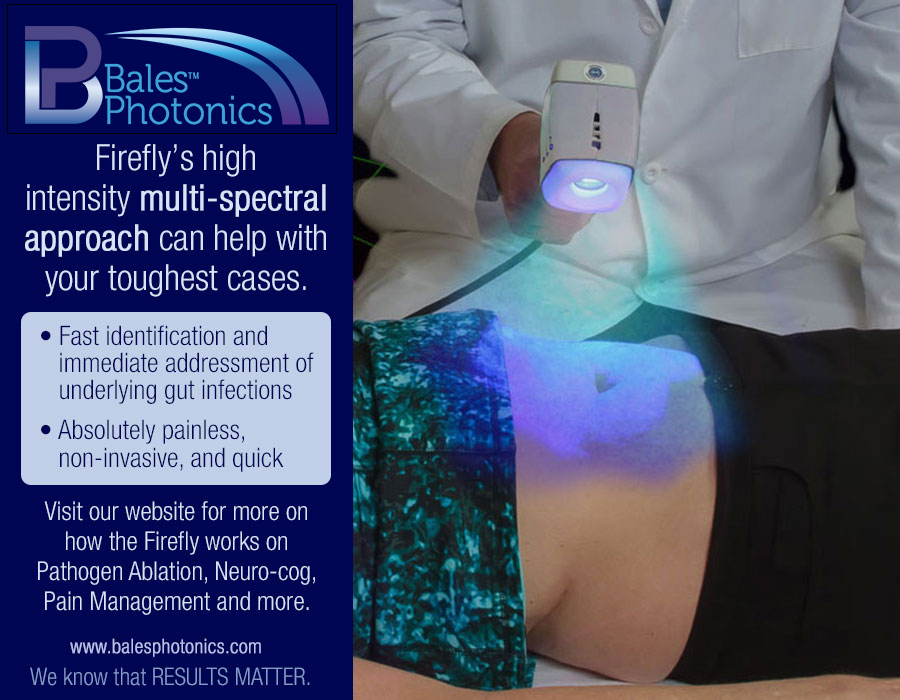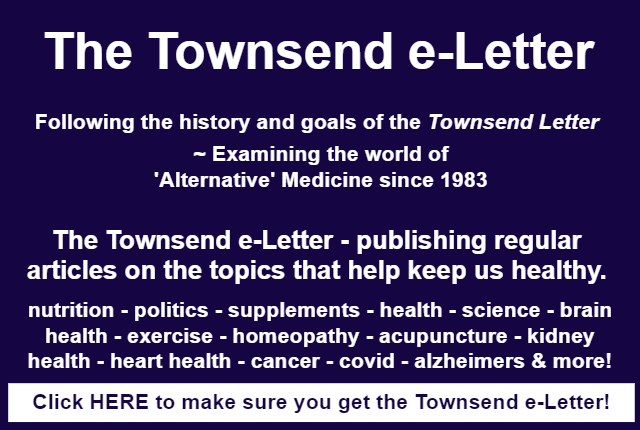Jule Klotter
I recently viewed an online screening of the 2022 documentary Spellers.1 The film was inspired by the book Underestimated: An Autism Miracle, written by businessman J. B. Handley and his son Jamison.
Jamison, who is nonverbal, was diagnosed as autistic at an early age. Because he was unable to communicate, his father assumed that Jamie had severe intellectual disability.2 He and his wife had tried everything they could to help Jamie, who experienced increasing rage and frustration as he grew older; but nothing broke through the communication barrier. 3 They always had to guess what Jamie wanted or needed. Then, at the urging of a friend whose son was also nonverbal, Handley took Jamie, age 17, to see Elizabeth Vosseller, who founded the Spelling to Communicate (S2C) method.
S2C addresses motor deficiencies. As explained in the film, speech is 100% motor; language is 100% cognitive. Speech and cognition come from different areas of the brain. Just because a person lacks the motor skills necessary for speech, it doesn’t mean they cannot understand. Yet, IQ testing—all of which require the use of fine motor skills (pointing, writing, fitting pegs into holes, eye movement, etc)—fail to recognize this distinction.
Instead of a cognitive and social disability, S2C views autism as a sensory-motor processing challenge. In that first meeting with Vosseller, Jamie learned to spell by pointing to large letters on an eight-letter stencil board. Over a twelve-month period, he had lessons with another practitioner in southern California, Dawnmarie Gavin, the mother of two boys with autism and co-founder—with Dana Johnson, PhD—of Spellers Revolution.
During the lessons, which were on different topics, Jamie practiced spelling words, then answering questions about the lesson, and eventually giving his opinion about the lesson. As his motor skills improved with practice, he graduated to a stencil board with the full alphabet, then a laminated board, and finally to a computer keyboard.
As his father explained in an interview,“The best analogy for me is somebody with a stroke and they lose the ability to move a part of their body; then they have to go through very rigorous therapy. And what happens is basically a new map builds in the brain ’cause you have neuro-plasticity….That’s exactly what they’re doing here. They’re building neural maps that didn’t previously exist and myelinating them just like you practice a golf swing and one day it becomes like second nature or anything else.” 2
In the film, S2C practitioners explain the motor challenges and nine non-speaking, young adults and their family members explain how the method has changed their lives. One of the nine is Elizabeth Bonker; she was the valedictorian at Rolands College (Winter Park, Florida) in 2022. Though these young people may never develop the fine motor control needed to button a shirt or be able to control their response to sensory overload, they are no longer like “birds in a cage.” They finally can communicate their thoughts, their preferences, and their love to others.
Three years after starting S2C, Jamie is completing high school in an online, neurotypical program. He intends to go to college.3 And he now has a ‘tribe’ of other spellers who have become his close friends.
A November 4, 2022, Rutgers study, led by Josephine Shenouda, DrPH, MS, found one-in-three children with autism spectrum disorder had intellectual disability, defined as an IQ score of ≤70.4 An April 19, 2023, CDC study found that 26.7% of 20,135 children, aged 8 with autism (2000-2016), were nonverbal, were minimally verbal, or had an IQ <50.5 In 2016, the prevalence of profound autism was 4.6 per 1000 8-year-olds. How many of these children are like the young people in Spellers?
What if we presumed that these children were intellectually competent?
What if nonverbal autism were accepted as a sensory-motor neurological disorder instead of a psychiatric-behavior disorder?
What if these children were taught S2C instead of Applied Behavior Analysis (ABA), which focuses on training the child to behave like a “normal” person?
The film gave me an appreciation for the profound role that communication plays in our lives. And it made me wonder what else we have misunderstood and gotten wrong about people who look and act differently.
Spellers won ‘Best Documentary’ and the ‘People’s Choice’ Awards at the 2023 Phoenix Film Festival.6 An online viewing option is available: https://spellersthemovie.com/.
I hope you have an opportunity to see it.
In this Issue
“Burnout is a brutal psychological syndrome consisting of exhaustion, cynicism, and workplace inefficiency,” writes Jonathan E. Prousky, ND. Dr. Prousky is a professor and Chief Naturopathic Medical Officer at Canadian College of Naturopathic Medicine. He has a passion for helping people deal with mental health issues.
His excellent article in this e-Letter, first published in Townsend Letter (October 2022), reviews the prevalence, neurobiology, neurochemistry, drivers (i.e., causes and consequences), and diagnosis of burnout, a condition that is affecting increasing numbers of doctors and other healthcare professionals. Dr. Prousky also provides lifestyle and supplementation recommendations that ease the effects of chronic work-related stress and may even prevent burnout and the depression that accompanies it. I suspect that anyone in a caregiving profession will find this article helpful.
I also want to encourage readers to read Richard Malter’s letter on hair mineral analysis, which supplements an earlier article on the subject. Dr. Malter, a retired licensed psychologist, shares information about nutrient mineral patterns found in hair that correlate to physical and psychological conditions.
Originally, Townsend Letter was intended to be a forum for alternative practitioners to share their experiences and observations. In the early years, the magazine had a robust “Letters to the Editor” section. Although the internet with its podcasts, blogs, and social media provides an abundance of forums, Townsend e-Letter offers a unique venue for the alternative and integrative community to share information. Letters to the editor are welcome.
References
- https://spellersthemovie.com/
- Virtual Book Signing with RFK, Jr. and J.B. Handley: ‘Underestimated: An Autism Miracle.’ March 24, 2021. https://childrenshealthdefense.org/transcripts/virtual-book-signing-with-rfk-jr-and-j-b-handley-underestimated-an-autism-miracle/
- ‘Spellers’ Take the Autism World by Storm. The Highwire. February 17, 2023. https://thehighwire.com/ark-videos/spellers-take-autism-world-by-storm/
- Hughes, MM et al. The Prevalence and Characteristics of Children with Profound Autism, 15 Sites, United States, 2000-2016. Public Health Reports. April 19, 2023.
- Shenouda J, et al. Prevalence and Disparities in the Detection of Autism Without Intellectual Disability. Pediatrics. February 2023;151(2).
- https://communication4all.org/spellers-the-movie-wins-best-documentary-and-peoples-choice-award-at-phoenix-film-festival/
Published June 3, 2023

